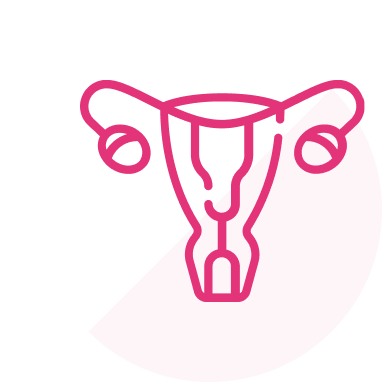Intro to Infertility
Infertility is defined as when a couple has regular unprotected sex for one year (six months if over age 35) without pregnancy. As you age, seeking help becomes more time-sensitive. From your mid-30’s onwards, female fertility can change quickly so it’s key to seek help as early as possible.








